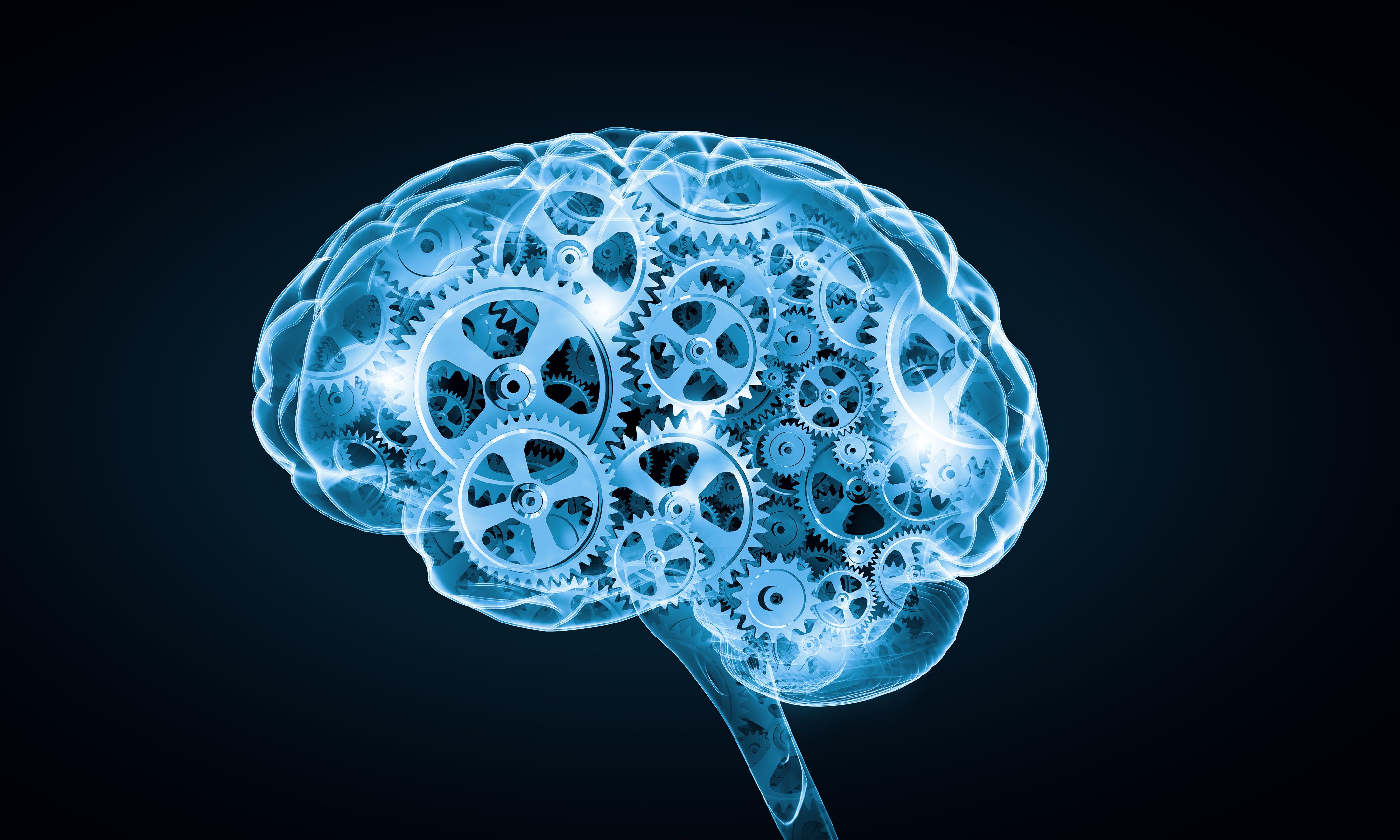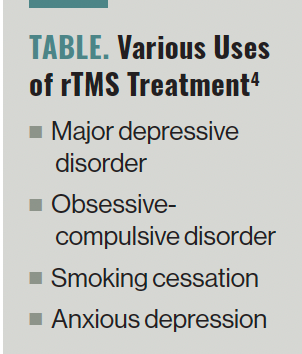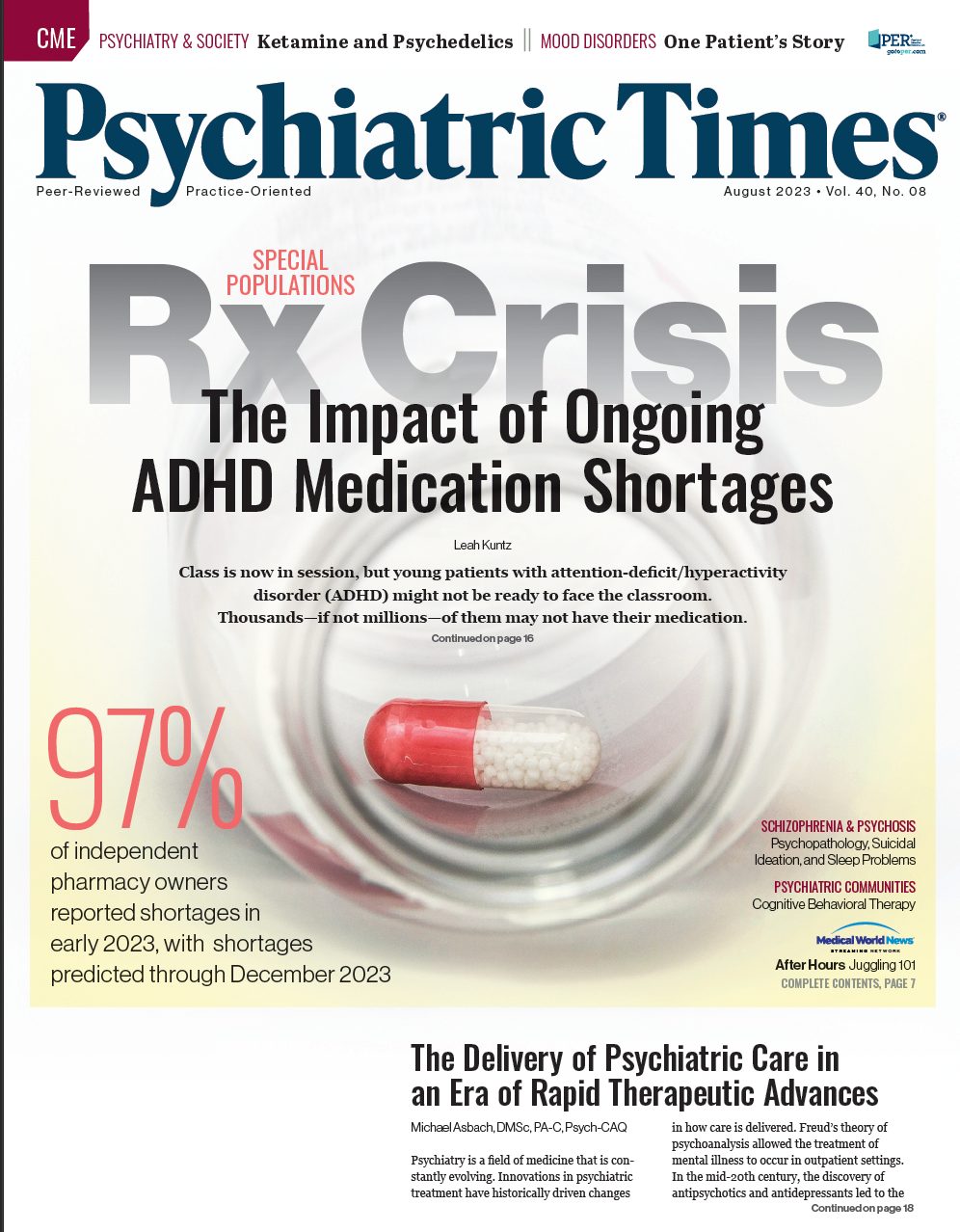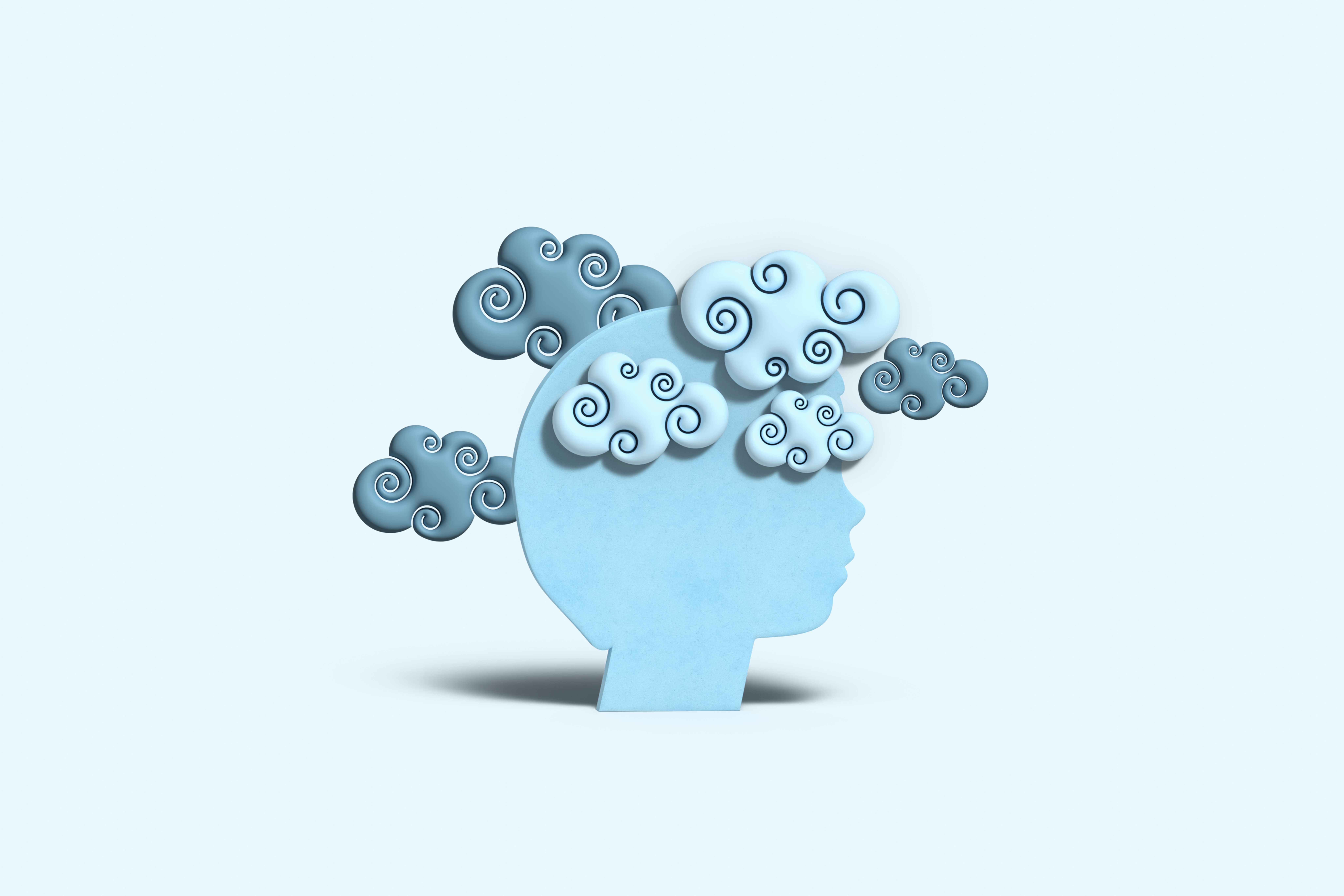Publication
Article
Psychiatric Times
The Delivery of Psychiatric Care in an Era of Rapid Therapeutic Advances
Author(s):
Psychiatry: a field of medicine that is constantly evolving.
Sergey Nivens/AdobeStock

Psychiatry is a field of medicine that is constantly evolving. Innovations in psychiatric treatment have historically driven changes in how care is delivered. Freud’s theory of psychoanalysis allowed the treatment of mental illness to occur in outpatient settings. In the mid-20th century, the discovery of antipsychotics and antidepressants led to the deinstitutionalization movement.1 The development of selective serotonin reuptake inhibitors (SSRIs) revolutionized psychiatry, ushering in an era of pharmacologic treatment made available to patients with less severe illness.2 Due to a variety of influences, most psychiatric clinicians have shifted away from psychotherapy to a medication management model of care.3
Today, psychiatry is again at a crossroads. Electroconvulsive therapy (ECT) and vagus nerve stimulation are interventional therapies with FDA approval that fall outside the traditional psychiatric care delivery model. New technologies and treatment modalities are emerging that have the potential to further disrupt the way we care for individuals with mental illness. Novel therapies including transcranial magnetic stimulation (TMS), ketamine, esketamine, neurosteroids, and psychedelics provide optimism regarding transformational changes to how care is delivered.
Table. Various Uses of rTMS Treatment4

Repetitive TMS (rTMS) is an FDA-cleared therapy for several psychiatric illnesses, including major depressive disorder (MDD), obsessive compulsive disorder, and anxious depression, and can also be used in smoking cessation (Table).4 Focusing on MDD, rTMS is a novel and effective treatment option in patients for whom therapy with at least 1 antidepressant failed,5 and also is viewed as an economically favorable option for such patients.6 Over the past decade, insurance coverage of rTMS has improved and now includes Medicare.5
rTMS treatment challenges the traditional delivery model of outpatient psychiatric care. A treating clinician will typically conduct a consultation with the patient followed by an initial “mapping” session to determine settings and machine configuration. rTMS treatments are then administered by a trained technician for 30 to 36 sessions. Emerging TMS protocols also demonstrate the potential of achieving high remission rates, with treatment lasting less than 2 weeks.7,8 rTMS shifts the delivery of care toward one where face-to-face clinician engagement is limited and a trained technician administers the treatment sessions.
A TMS business model that is focused on the episodic treatment of depressive episodes also shifts the focus of care toward those who are ill, but minimizes the need for active and ongoing follow-up during stages of remission if psychotropic drug use is eliminated or reduced. At a time when access to mental health treatment is strained, rTMS challenges the traditional care delivery model, increasing the reach and impact of a single psychiatric clinician.
Ketamine was initially approved by the FDA as an anesthetic agent in 1970.9 In recent years, research findings have supported ketamine use as a treatment for depression, with data from multiple studies demonstrating a rapid antidepressant response, often within hours of treatment.10 Ketamine is thought to work by modulating glutamate and increasing α-amino- 3-hydroxy-5-methyl-4-isoxazolepropionic acid (AMPA) and BDNF.10
Ketamine as a depression treatment offers a different clinical approach for several reasons. Compared with traditional monoaminergic agents, ketamine is more efficacious and provides rapid depressive symptom reduction.11 A recent meta-analysis compared ketamine with ECT; the researchers concluded that ECT retains only a small efficacy advantage while also positing that ketamine may be a reasonable first step to mitigate the cognitive risks associated with ECT.12
Ketamine is challenging the traditional psychiatric care delivery model, as it is the first widely accepted treatment option appropriately classified as a rapid-acting antidepressant. Ketamine infusions for treatment-resistant depression (TRD) allow a shift in the delivery of care where episodic treatment of depression may mitigate the need for hospitalization, reduce sick time, and reduce the number of medication management visits required within a depressive episode.
In 2019, the FDA approved esketamine as a therapy for TRD. As part of the approval, the agency implemented a risk evaluation and mitigation strategy (REMS) that requires the patient to self-administer the medication in a certified medical facility. Esketamine is a rapid-acting antidepressant, with response occurring in as quickly as 24 hours after the first dose.13 Esketamine’s disruptive potential to psychiatric care is a bit more nuanced than ketamine, despite similar clinical effects. Because of esktamine’s REMS requirement for administration within a health care setting, insurance may reimburse treatment as a medical benefit, a pharmacy benefit, or both.14
Navigating coverage and reimbursement of specialty drugs through medical benefits is not foreign to other fields of medicine, such as neurology, oncology, and rheumatology, but the use of specialty drugs, buy and bill, and J-codes may be foreign and intimidating to mental health organizations. The psychiatric workforce has historically been resistant to insurance participation. In 2014, Bishop et al reported that only 55% of psychiatrists accepted commercial insurance.15 Psychiatrists who accept Medicaid are even less common, at a rate of 35% in 2015.16
Esketamine requires a high degree of coordination with the patient and their payer source due to the complexity of the drug’s administration and reimbursement. Many psychiatric offices are unwilling or unequipped to adapt their business model to offer this therapeutic service. As more drugs under development will be require in-office administration, psychiatric facilities will face further pressure to adapt their models.
There are several medications under development that have disruptive potential in how psychiatric care is delivered. SAGE-217/BIIB125, a neuroactive steroid, is an investigational drug for the treatment of MDD that is taken once daily for only 14 days.17 Although the durability of the benefit is unclear, a rapid-acting short course of treatment would alter how clinicians deliver care and determine appropriate follow-up.
Another area of promising research is the reemergence of classic psychedelic agents. Psilocybin is a 5-HT2A receptor agonist that has demonstrated a rapid antidepressant effect in conjunction with therapy.18 Also, 3,4-methylenedioxymethamphetamine (MDMA) has demonstrated positive results in a phase 3 trial for posttraumatic stress disorder.19 FDA approval of psychedelics may occur as early as 2024.20 Psychedelics offer a unique challenge to the care delivery model of modern psychiatry, as nearly every study to date has been performed in conjunction with psychotherapy.
Psychedelic-assisted therapy will be difficult to scale; it will require new clinic configurations and specialized training in psychedelic therapeutic techniques. However, the benefits and potential harms of therapy through psychedelic facilitation remain undetermined.21 There is also uncertainty regarding payment models for psychedelic therapy. At present, no Current Procedural Terminology codes exist encompassing the extended monitoring requirements involved in psychedelic treatments. This will drastically shift the psychiatric landscape, but also strain a system that is already strained.
Interventional psychiatry clinics are increasingly forming as separate departments and stand-alone clinics. This has been driven by the differences in how care is delivered and reimbursed compared with medication management and psychotherapy. As the field of psychopharmacology continues to evolve and move beyond traditional monoaminergic agents, there will be further opportunities to innovate and challenge the traditionally accepted model of care delivery.
Psychiatric clinicians must remain up-to-date with the rapidly changing clinical landscape in mental health but also educate themselves on the changes to how care is delivered. Not every psychiatric clinician may provide rapid-acting interventional treatments, but the emergence of these treatments will require clinicians to incorporate changes to care delivery.
A “hub and spoke” model of care will emerge with specialized centers providing interventional services and decentralized providers and clinics referring patients. Communication between referrers and treatment centers will become an increasingly important aspect of psychiatric care. Although recent changes have allowed third-party reimbursement for care coordination, it remains unclear how the fee-for-service model will evolve to accommodate psychiatric care.
The future of psychiatry is exciting and disruptive. Psychiatric clinicians must embrace changes to care delivery as the field undergoes transformative evolution.
Mr Asbach is a psychiatric physician associate and serves as associate director of interventional psychiatry at DENT Neurologic Institute.
References
1. Yohanna D. Deinstitutionalization of people with mental illness: causes and consequences. Virtual Mentor. 2013;15(10):886-891.
2. Olfson M, Marcus SC, Pincus HA, et al. Antidepressant prescribing practices of outpatient psychiatrists. Arch Gen Psychiatry. 1998;55(4):310-316.
3. Tadmon D, Olfson M. Trends in outpatient psychotherapy provision by U.S. psychiatrists: 1996-2016. Am J Psychiatry. 2022;179(2):110-121.
4. Cohen SL, Bikson M, Badran BW, George MS. A visual and narrative timeline of US FDA milestones for transcranial magnetic stimulation (TMS) devices. Brain Stimul. 2022;15(1):73-75.
5. Transcranial magnetic stimulation (TMS) in the treatment of adults with major depressive disorder. Centers for Medicare & Medicaid Services. Accessed May 3, 2023. https://www.cms.gov/medicare-coverage-database/view/lcd.aspx?LCDId=34998
6. Voigt J, Carpenter L, Leuchter A. Cost effectiveness analysis comparing repetitive transcranial magnetic stimulation to antidepressant medications after a first treatment failure for major depressive disorder in newly diagnosed patients – a lifetime analysis. PLoS One. 2017;12(10):e0186950.
7. Weissman CR, Daskalakis ZJ. Accelerated intermittent theta burst stimulation: expediting and enhancing treatment outcomes in treatment-resistant depression. Am J Psychiatry. 2022;179(2):85-87.
8. Cole EJ, Stimpson KH, Bentzley BS, et al. Stanford accelerated intelligent neuromodulation therapy for treatment-resistant depression. Am J Psychiatry. 2020;177(8):716-726.
9. Li L, Vlisides PE. Ketamine: 50 years of modulating the mind. Front Hum Neurosci. 2016;10:612.
10. McIntyre RS, Rosenblat JD, Nemeroff CB, et al. Synthesizing the evidence for ketamine and esketamine in treatment-resistant depression: an international expert opinion on the available evidence and implementation. Am J Psychiatry. 2021;178(5):383-399.
11. Johnston JN, Greenwald MS, Henter ID, et al. Inflammation, stress and depression: an exploration of ketamine’s therapeutic profile. Drug Discov Today. 2023;28(4):103518.
12. Menon V, Varadharajan N, Faheem A, Andrade C. Ketamine vs electroconvulsive therapy for major depressive episode: a systematic review and meta-analysis. JAMA Psychiatry. 2023;80(6):639-642.
13. Daly EJ, Trivedi MH, Janik A, et al. Efficacy of esketamine nasal spray plus oral antidepressant treatment for relapse prevention in patients with treatment-resistant depression: a randomized clinical trial. JAMA Psychiatry. 2019;76(9):893-903.
14. The importance of a thorough benefits investigation to help navigate medical vs pharmacy benefit. National Association of Medication Access & Patient Advocacy. Accessed May 3, 2023. https://namapa.org/medical-vs-pharmacy-benefit
15. Bishop TF, Press MJ, Keyhani S, Pincus HA. Acceptance of insurance by psychiatrists and the implications for access to mental health care. JAMA Psychiatry. 2014;71(2):176-181.
16. Wen H, Wilk AS, Druss BG, Cummings JR. Medicaid acceptance by psychiatrists before and after Medicaid expansion. JAMA Psychiatry. 2019;76(9):981-983.
17. Biogen and Sage Therapeutics announce FDA accepts filing of new drug application and grants priority review of zuranolone in the treatment of major depressive disorder and postpartum depression. News release. Biogen. February 6, 2023. Accessed May 3, 2023. https://investors.biogen.com/news-releases/news-release-details/biogen-and-sage-therapeutics-announce-fda-accepts-filing-new
18. Davis AK, Barrett FS, May DG, et al. Effects of psilocybin-assisted therapy on major depressive disorder: a randomized clinical trial. JAMA Psychiatry. 2021;78(5):481-489.
19. Mitchell JM, Bogenschutz M, Lilienstein A, et al. MDMA-assisted therapy for severe PTSD: a randomized, double-blind, placebo-controlled phase 3 study. Nat Med. 2021;27(6):1025-1033.
20. SAMHSA response to Madeleine Dean. Substance Abuse and Mental Health Services Administration. May 13, 2022. Accessed May 3, 2023. https://www.documentcloud.org/documents/22121426-exhibit-3-response-to-rep-dean-et-al
21. McNamee S, Devenot N, Buisson M. Studying harms is key to improving psychedelic-assisted therapy––participants call for changes to research landscape. JAMA Psychiatry. 2023;80(5):411-412.

Newsletter
Receive trusted psychiatric news, expert analysis, and clinical insights — subscribe today to support your practice and your patients.






